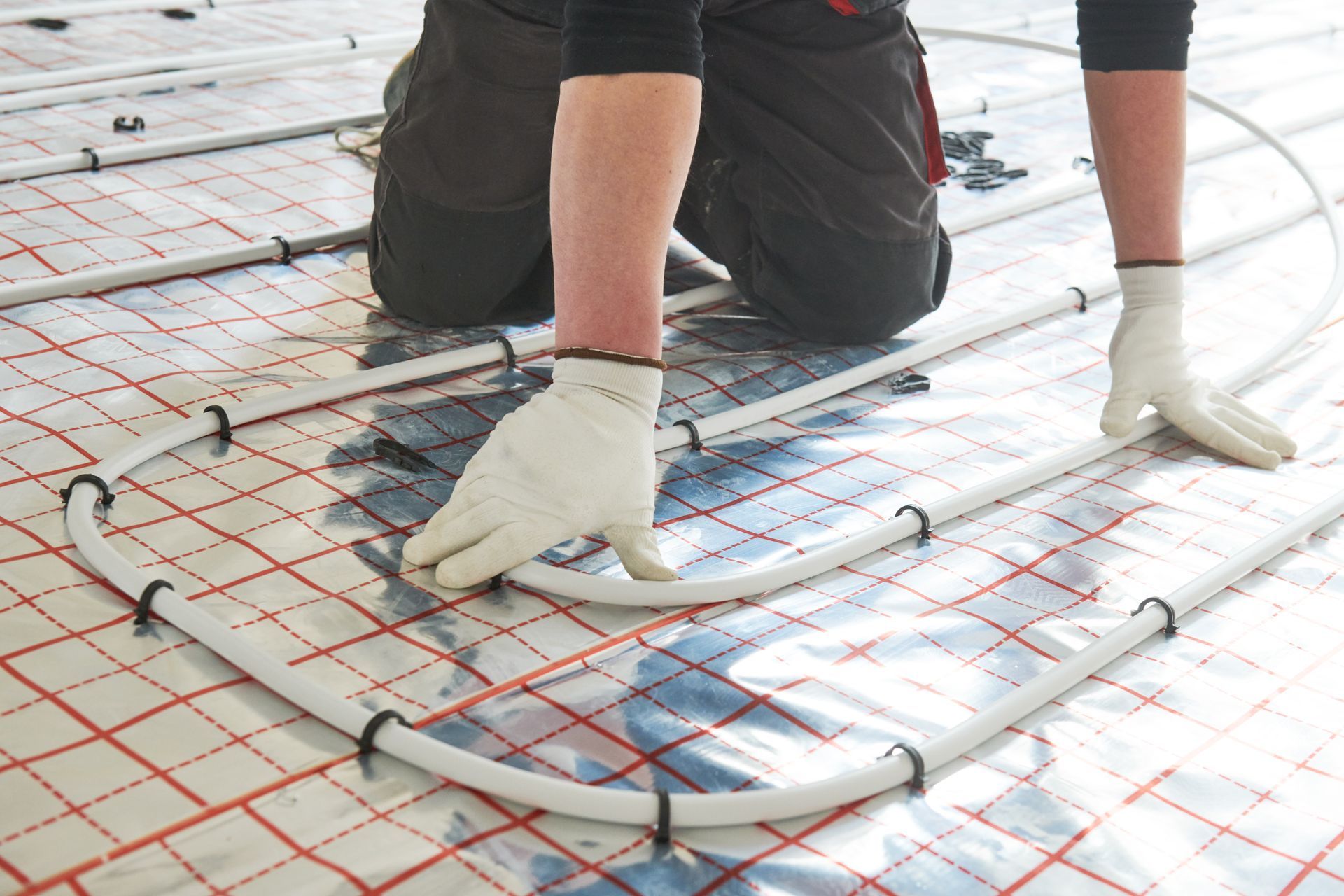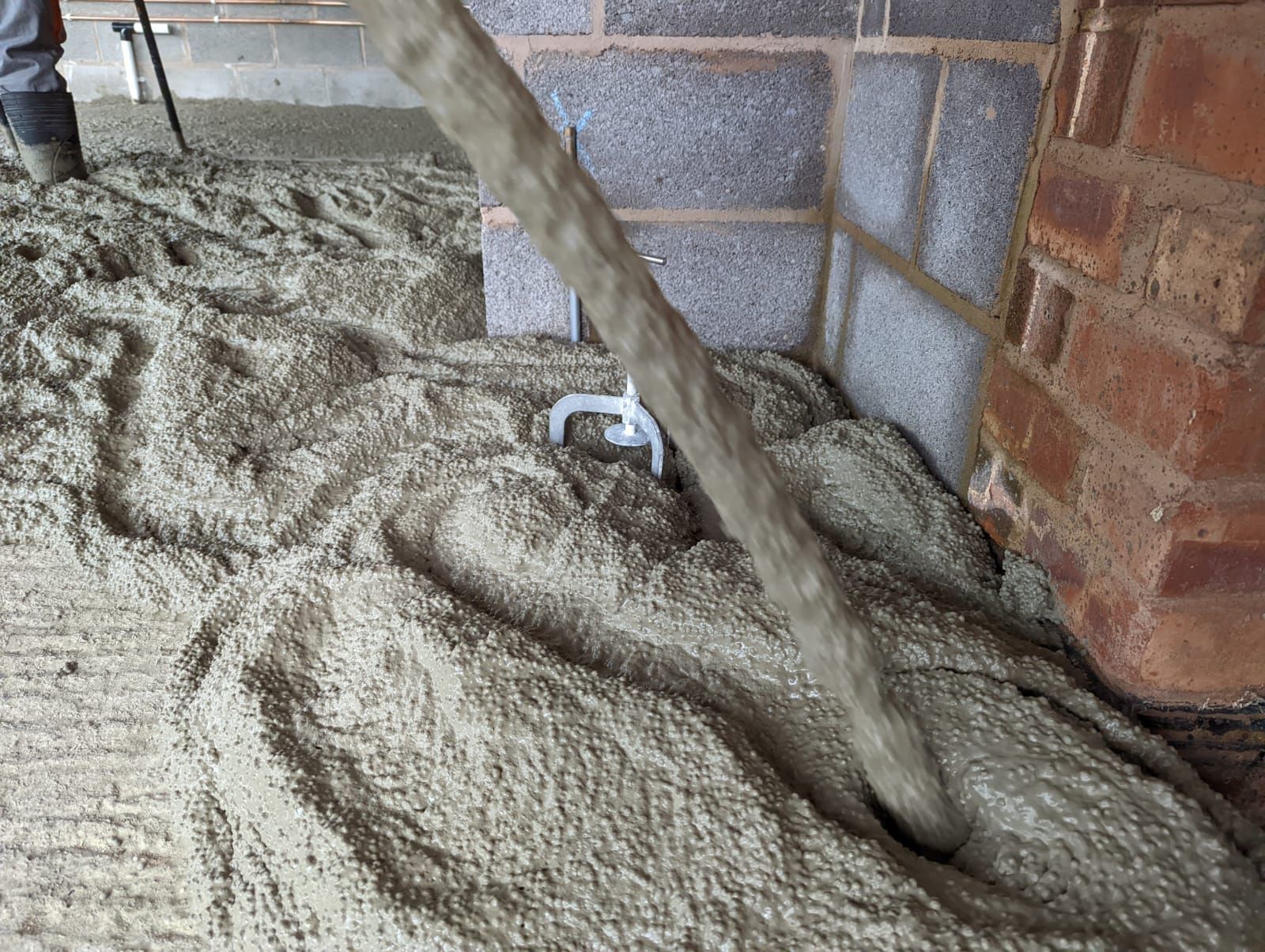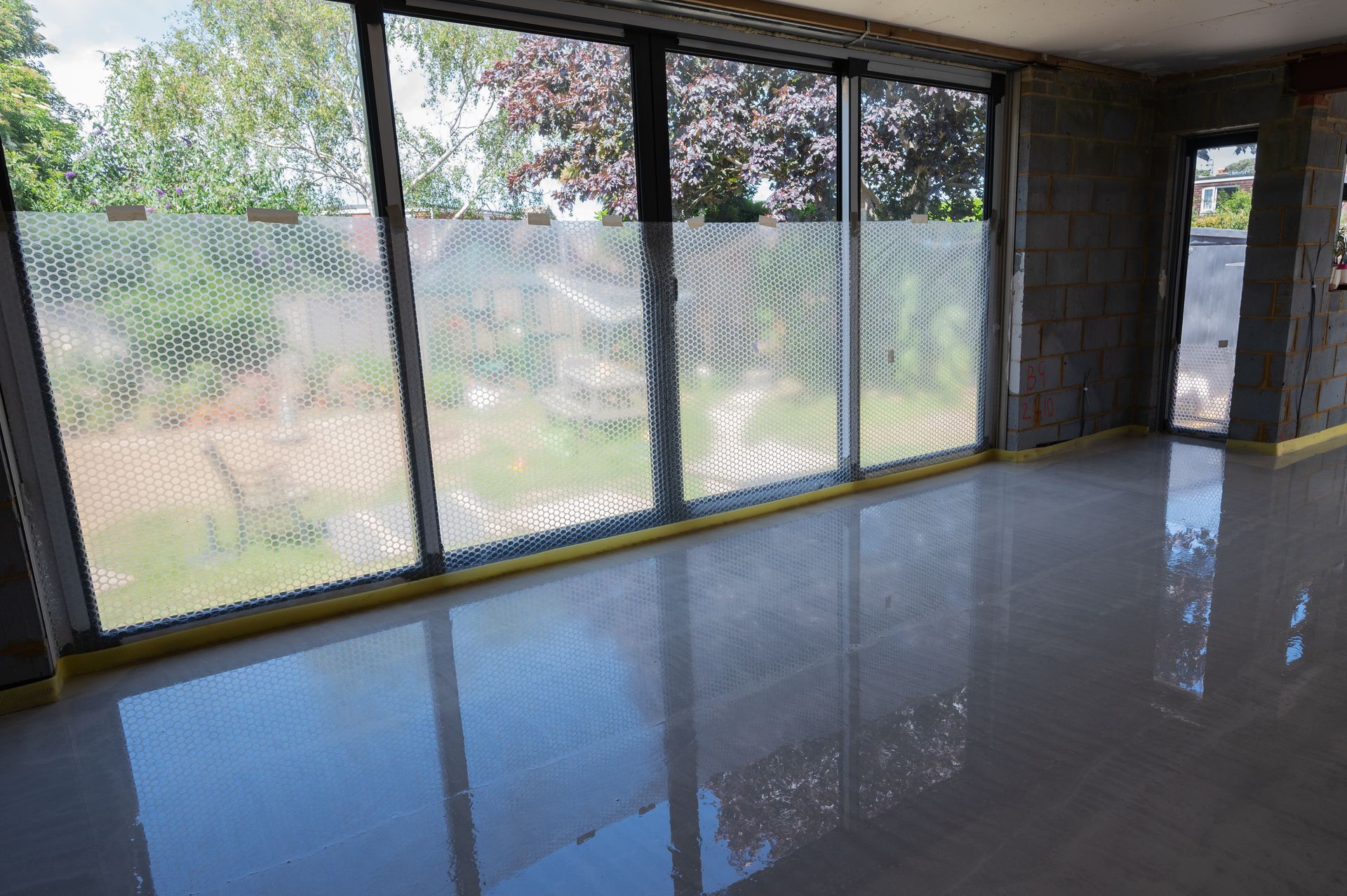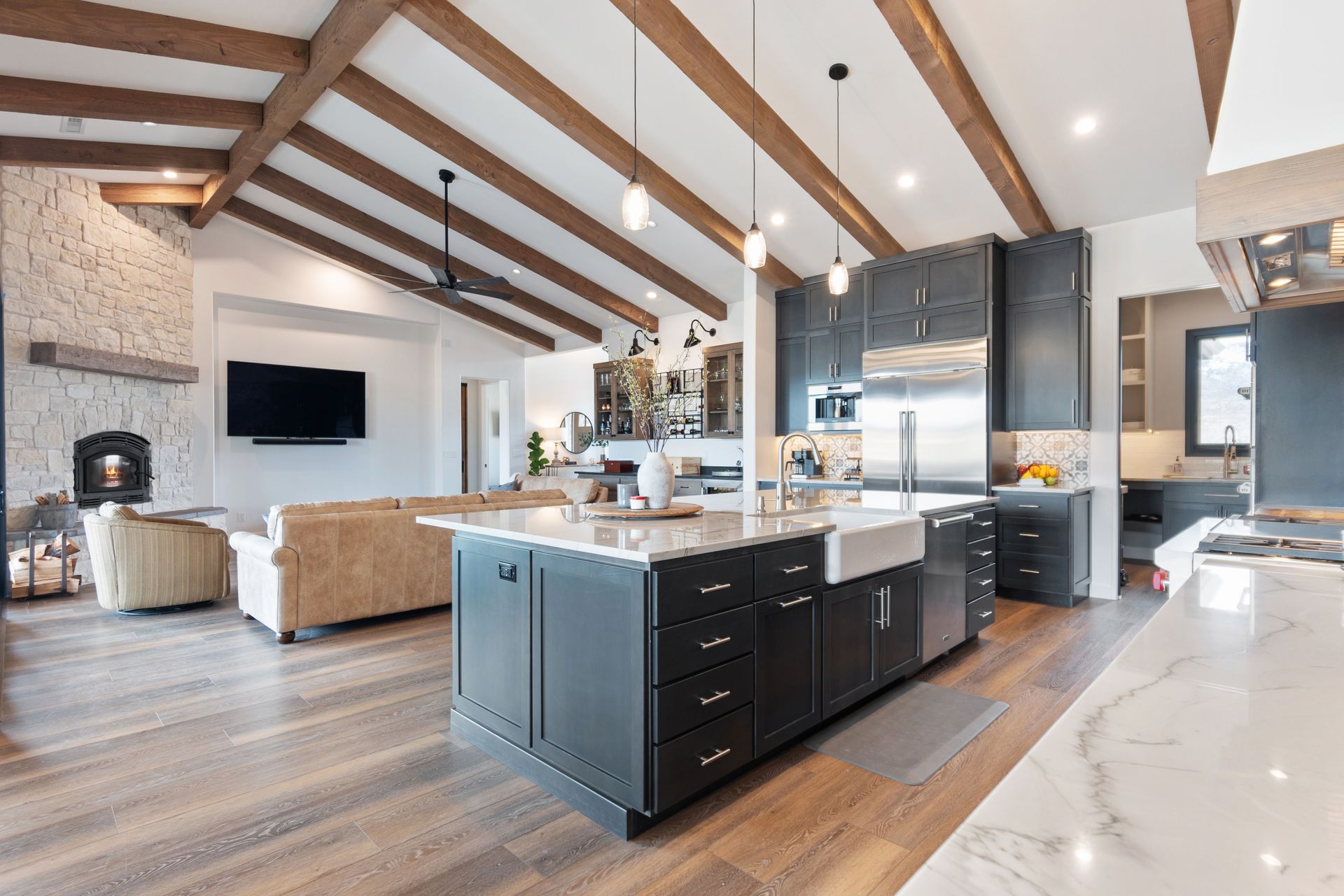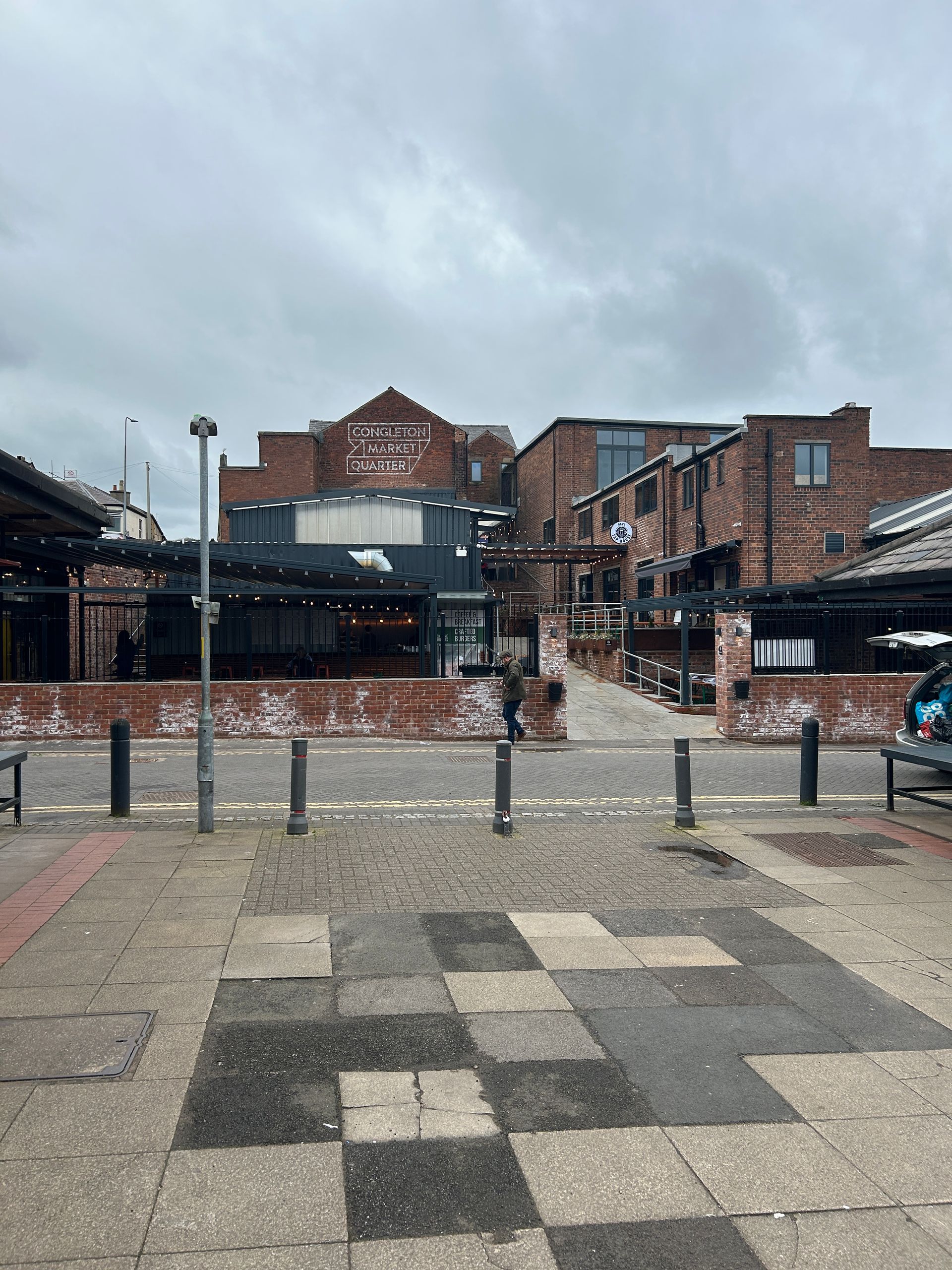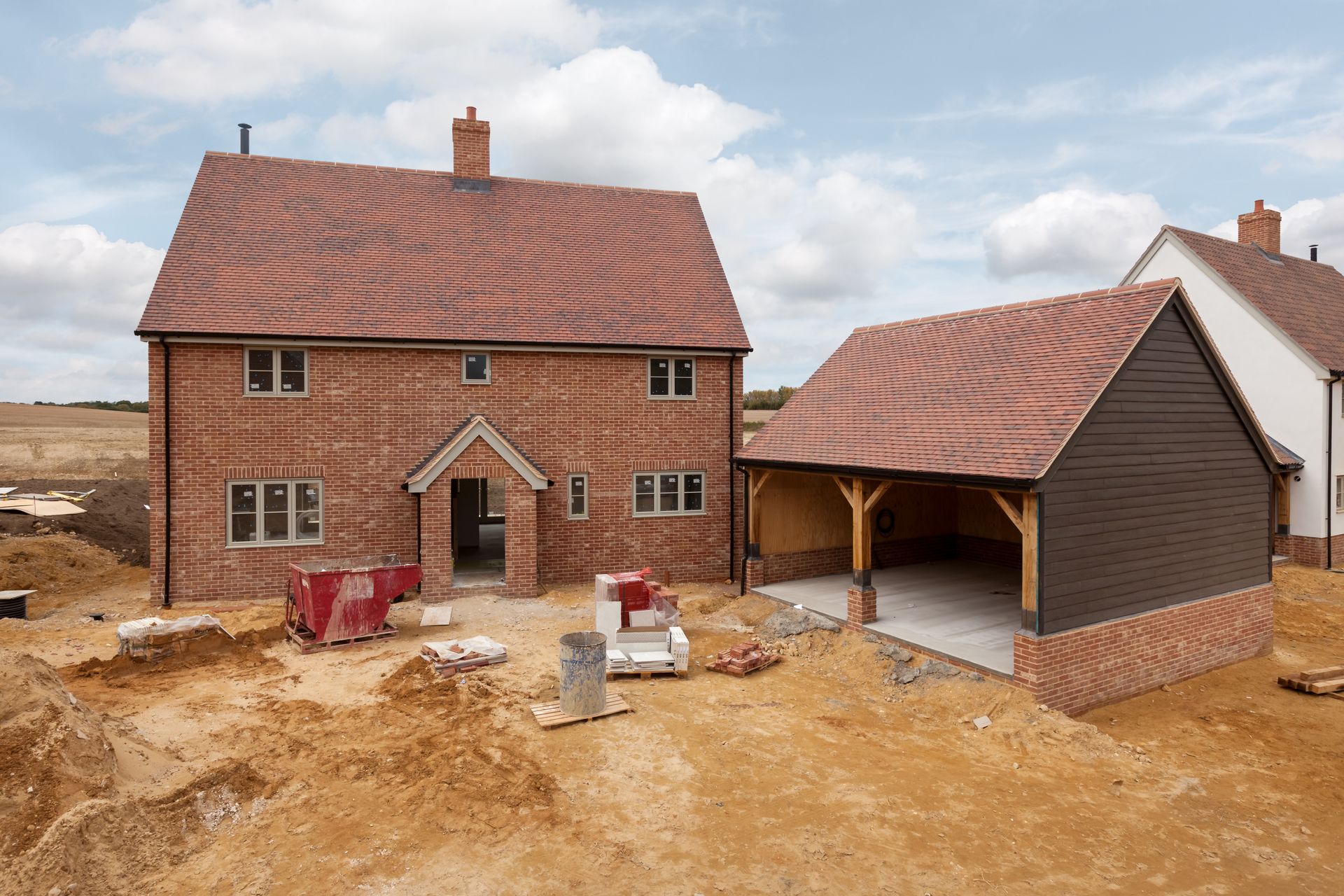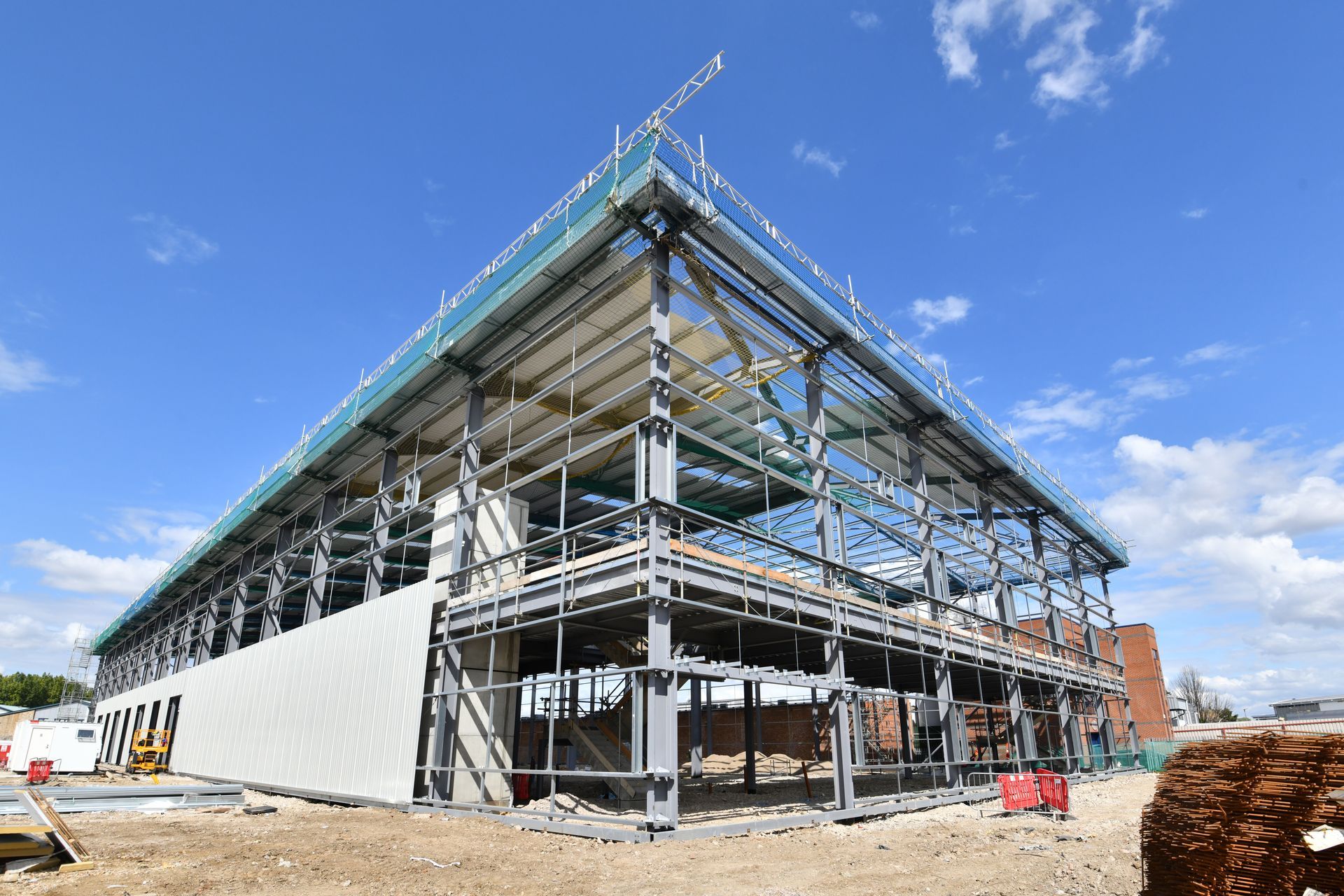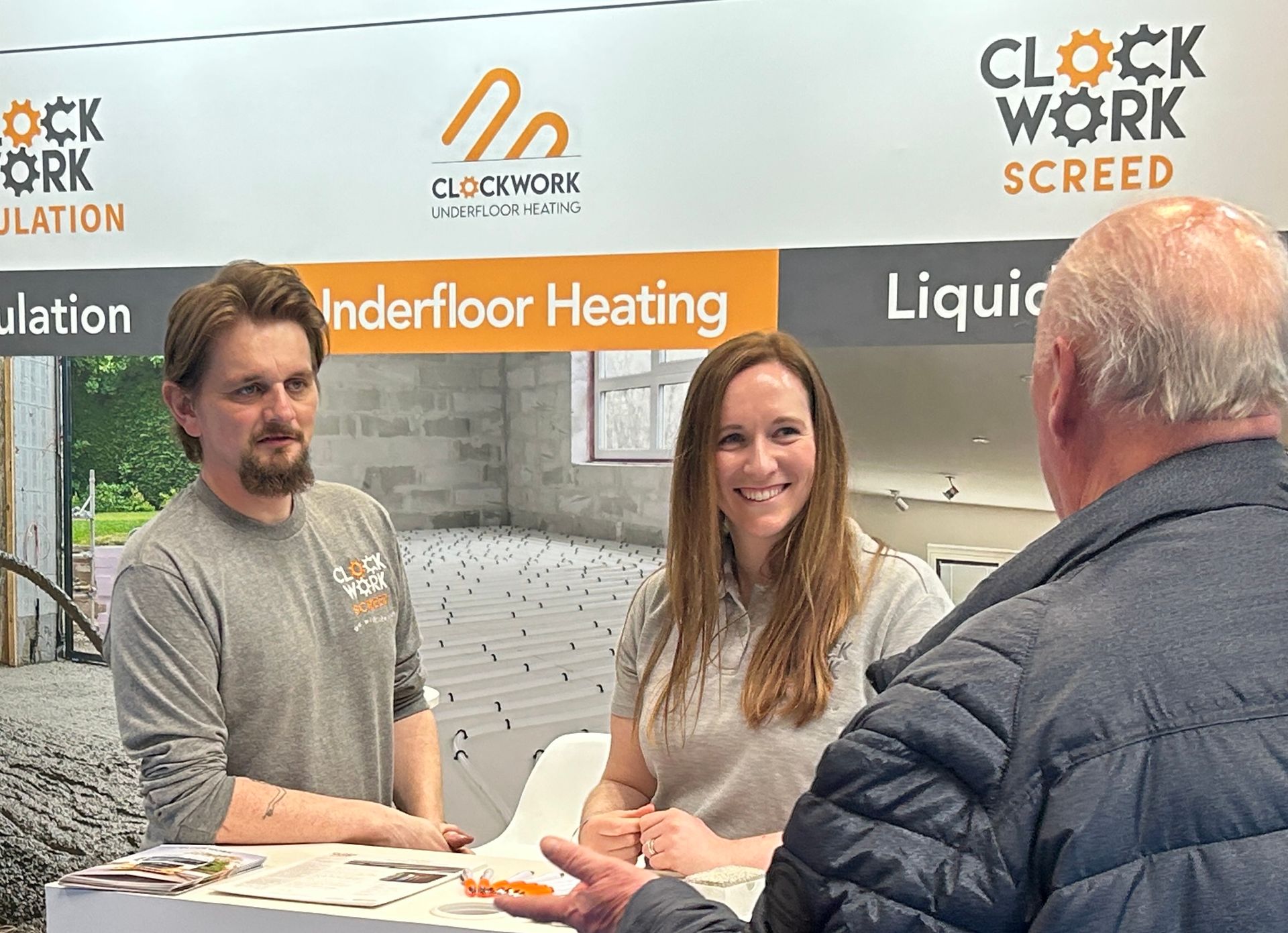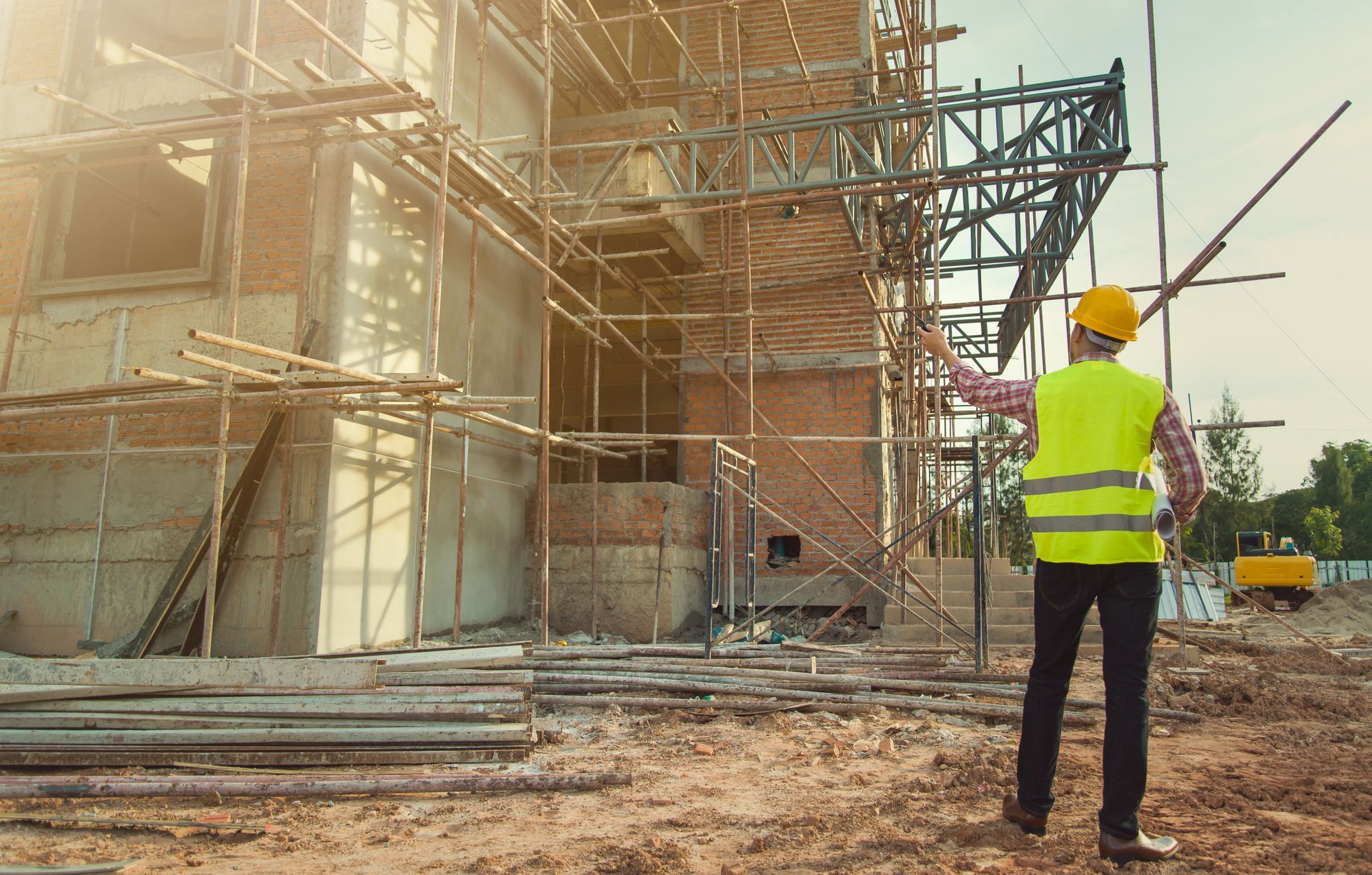Smarter Floors, Warmer Homes: What’s Next for Insulation and Screed in 2026
Smarter Floors, Warmer Homes:
What’s Next for Insulation & Screed in 2026
The demand for effective thermal insulation beneath screed floors in the UK is steadily growing. This increase is driven largely by evolving building regulations aimed at improving energy efficiency, alongside broader societal efforts to reduce carbon emissions and boost comfort in both residential and commercial properties.
Industry experts predict that as new materials and installation methods become more widely adopted, this trend will shape how flooring is specified and installed through 2026 and beyond.
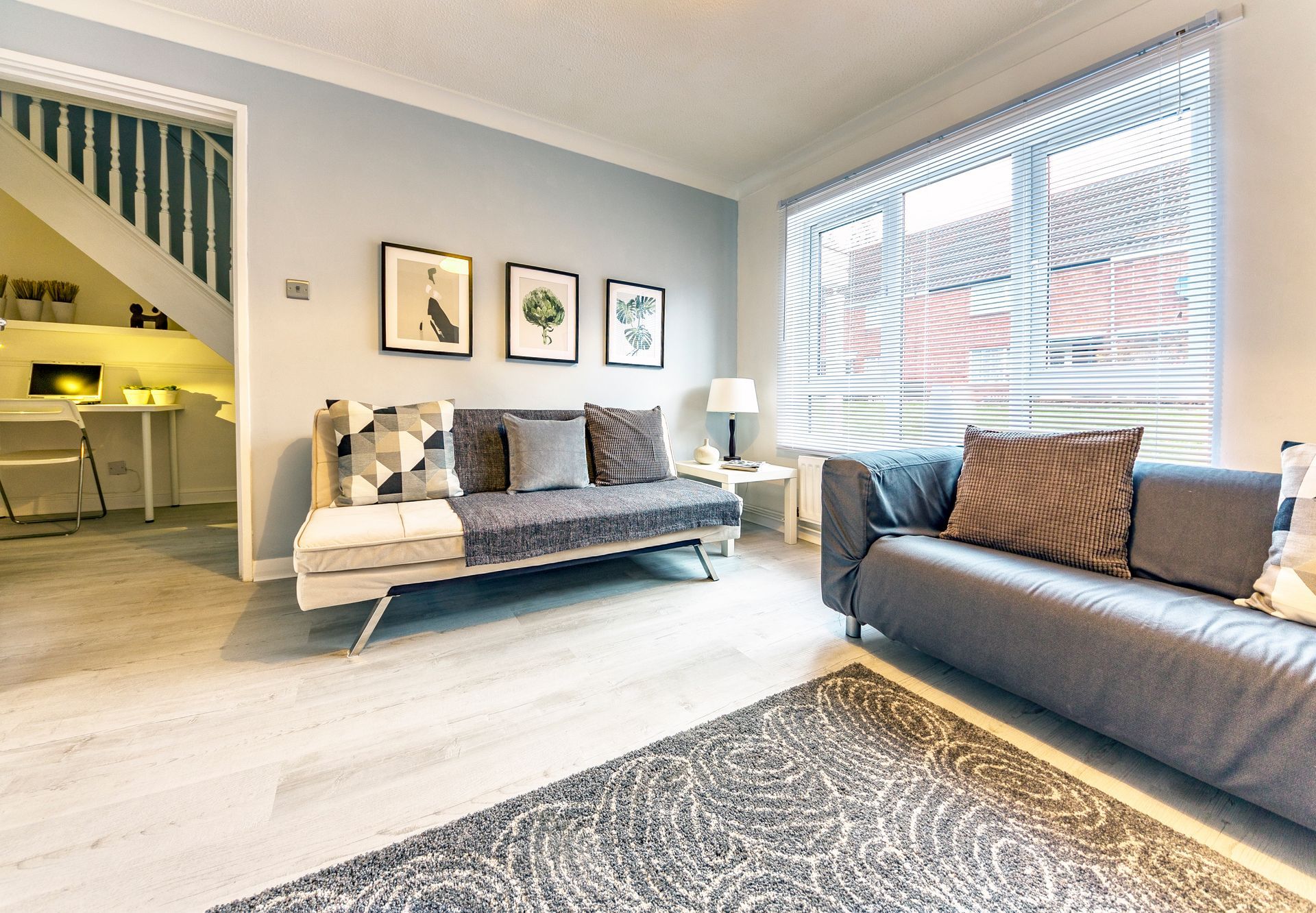
Government initiatives like the Future Homes Standard (FHS) are among the key drivers pushing the construction sector toward higher thermal performance. The FHS, set to come into force in 2025-26, requires new homes to be designed to significantly reduce heat loss and energy consumption through enhanced insulation and improved building fabric. The standard encourages the use of low-carbon heating technologies and sets strict targets for the overall energy efficiency of new builds.
Ground floors are a focal point of these regulations because they typically represent a major source of heat loss if not insulated properly. In response, both new construction projects and retrofit schemes are held to increasingly stringent requirements. Meeting these demands requires suppliers and contractors to select insulation solutions that not only deliver high thermal resistance but also integrate seamlessly with screed flooring materials to ensure durability, performance, and comfort throughout the building’s lifetime.
Shifting Materials: From PIR Boards to Poured Insulation
For many years, rigid insulation boards such as polyisocyanurate (PIR) have dominated the market beneath screeds. PIR boards are valued for their high thermal resistance and relative ease of handling. However, their effectiveness can be compromised by gaps, joints, and cold bridges, especially in complex or irregular floor layouts, or where services like underfloor heating pipes need to be routed.
Poured insulation emerges as a practical and increasingly popular alternative that addresses several weaknesses of rigid boards. Delivered in a liquid form, it can flow and settle evenly across the entire floor base, filling gaps and voids and creating a completely continuous insulating layer free of thermal breaks. This seamless coverage is a particular advantage where floor spaces are non-uniform or have embedded infrastructure, as poured insulation adapts effectively, ensuring consistent heat retention and overall energy efficiency under the poured screed layer.
As awareness of poured insulation’s benefits grows, so too does interest in other evolving materials. Vacuum insulated panels (VIPs) and bio-based insulation products, like hemp or recycled fibres, are gaining attention as builders seek higher-performance, thinner profile, or more sustainable options. The uptake of these materials depends on balancing upfront costs, installation complexity, and long-term performance needs, factors that will vary between projects.
Opportunities and Challenges for 2026
The combination of poured screed systems with evolving insulation materials presents several clear opportunities. These include faster and cleaner installations that fit modern construction schedules, reduced material waste compared to cut-and-fit board systems, and floors that maintain steady temperatures year-round, resulting in user comfort and energy cost savings.
However, significant challenges still need to be addressed. Material costs can fluctuate, specialist equipment and trained personnel are required for pouring and finishing these materials correctly, and contractors and clients may need education to understand and trust these newer technologies. Ensuring consistent quality on-site and properly specifying products for different building types and uses will be key to unlocking the full potential of poured insulation and screed systems.
Clockwork Screed’s Expertise and Strategic Role
Clockwork Screed is positioned to play a leading role in this evolving landscape. With their long-standing experience in poured screed and poured insulation applications, they are well placed to deliver systems that meet current building regulations and are adaptable to anticipated changes as standards tighten.
Their approach focuses on staying up to date with the latest market developments, refining installation processes for reliability and efficiency, and advising clients on selecting the best materials to meet the specific thermal performance requirements of their projects. This ensures that floors installed by Clockwork Screed not only meet compliance standards but also deliver tangible benefits in terms of energy savings, sustainability, and occupant comfort.
Looking Ahead
As construction regulations become more demanding and technology advances, the role of thermal insulation beneath screed floors will become increasingly important in creating energy-efficient, comfortable, and environmentally responsible buildings. Whether in new housing developments or retrofit projects, seamless poured insulation combined with fast-drying screeds offers a future-proof solution that addresses many of the traditional challenges faced by contractors.
Clockwork Screed’s expertise and commitment position them to guide the industry forward, helping architects, builders, and developers navigate the complexities of insulation and flooring design to deliver smarter floors and warmer homes in 2026 and beyond.
